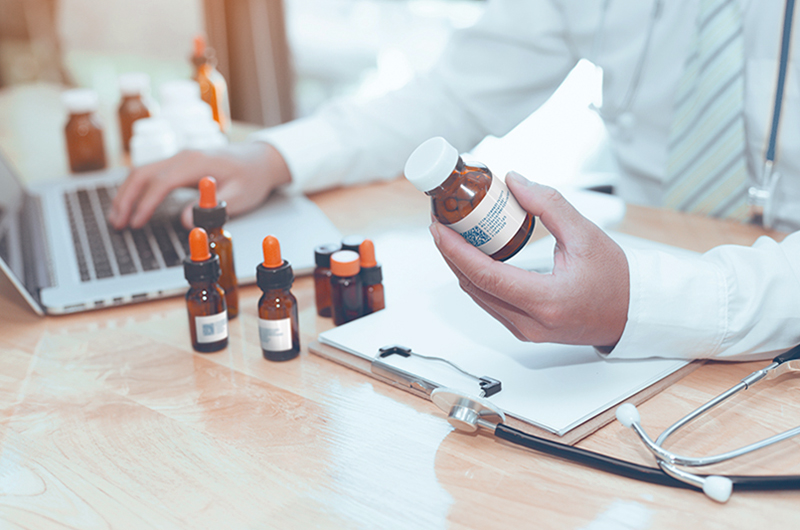OPTEL HELPS PHARMACEUTICAL COMPANIES COMPLY WITH TRACEABILITY REGULATIONS
Imagine yourself at the pharmacy, buying some medication that has a code on the packaging which you scan with your cellphone to automatically receive all the information you need about the item. You can check its provenance, authenticity, expiry date, patient information leaflet, guidance on its use, etc. Traceability is what enables the journey of a particular product through its supply chain to be reconstructed through its records. This mechanism makes it possible to know the product’s origin, the raw materials in it, and where and how it is to be used, thus ensuring that information about the product is readily available. According to the World Health Organization, one in ten medical products has been falsified or does not meet quality standards. In other words, traceability is extremely important for consumers. But this does not just apply to the pharmaceutical sector. Two years ago, five people died in a major outbreak of E. coli in the USA that came from lettuce, with over 195 cases recorded. Not a single producer, distributor or area was linked to the outbreak, so thousands of lettuces had to be destroyed. Traceability makes it possible to identify the origin of products and quickly make recalls in cases like this.
HOW DOES TRACEABILITY WORK?
More accurate, end-to-end traceability is achieved by assigning a unique code and printing it onto every item produced. This process is known as serialization. This is different from the barcode that identifies the batch rather than the unit. As the serialized product goes through the supply chain, the code enables a connection to be made with all the links in the chain, thus allowing a flow of information for the whole industry.




